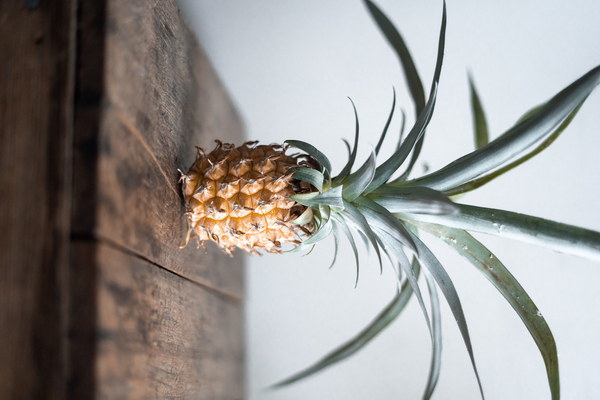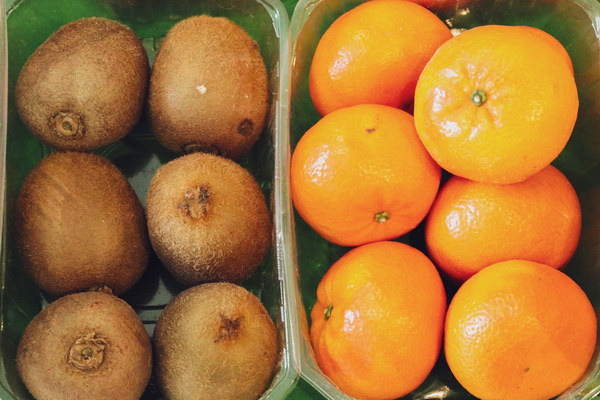Nurturing Your Cycle A Guide to Eating for Menstrual Health
In the midst of the monthly menstrual cycle, the body undergoes significant changes that can leave women feeling everything from energized to exhausted. Eating the right foods at the right times can help alleviate symptoms and support overall well-being. Here's a guide to eating for menstrual health, ensuring that your body gets the nourishment it needs during this time.
Understanding the Menstrual Cycle
Before diving into the specifics of what to eat, it's important to understand the menstrual cycle. Typically, it lasts about 28 days, divided into four phases: the follicular phase, ovulation, the luteal phase, and menstruation. Each phase requires different nutrients to support the body's hormonal fluctuations and prepare for the next cycle.
Phase 1: Follicular Phase (Days 1-14)
The follicular phase begins with menstruation and continues until ovulation. During this time, the body is shedding the uterine lining and preparing to grow a new one. Focus on foods that are rich in iron, calcium, and B vitamins to help replenish blood loss and support bone health.
- Iron-Rich Foods: Lentils, chickpeas, tofu, and dark leafy greens like spinach and kale can help prevent iron deficiency anemia, which is common during menstruation.
- Calcium-Rich Foods: Dairy products, leafy greens, and nuts can help maintain bone density and reduce the risk of osteoporosis.

- B Vitamins: Whole grains, nuts, seeds, and legumes provide B vitamins, which are essential for energy production and mood regulation.
Phase 2: Ovulation (Days 14-21)
Ovulation is the midpoint of the menstrual cycle and marks the release of an egg from the ovary. This phase is characterized by a surge in estrogen and progesterone, which can increase appetite and cravings. It's important to choose foods that can help manage these fluctuations and support fertility.
- Complex Carbohydrates: Oats, whole grains, and legumes can help stabilize blood sugar levels and reduce cravings.
- Healthy Fats: Avocado, nuts, seeds, and olive oil provide omega-3 fatty acids, which can help reduce inflammation and support hormonal balance.
- Fiber: High-fiber foods like fruits, vegetables, and whole grains can help regulate digestion and reduce bloating.
Phase 3: Luteal Phase (Days 21-28)
The luteal phase begins after ovulation and ends with the onset of menstruation. Progesterone levels are high, which can cause symptoms like bloating, fatigue, and mood swings. Foods that can help manage these symptoms include:
- Magnesium-Rich Foods: Almonds, avocados, bananas, and legumes can help alleviate bloating and reduce premenstrual symptoms.
- Omega-3 Fatty Acids: Fish, flaxseeds, and chia seeds can help reduce inflammation and support mood regulation.
- Vitamin E: Nuts, seeds, and leafy greens can help alleviate cramping and support overall hormonal balance.
Phase 4: Menstruation (Days 28-1)
Menstruation is the shedding of the uterine lining and is often accompanied by cramps, bloating, and fatigue. During this phase, it's important to focus on foods that can help alleviate these symptoms and support overall health.
- Cramp-Relieving Foods: Chamomile tea, ginger, and peppermint can help reduce cramping and bloating.
- Hydration: Drinking plenty of water is crucial to stay hydrated and support the body's natural detoxification process.
- Comfort Foods: Foods like oatmeal, bananas, and potatoes can help increase blood sugar levels and provide a sense of comfort.
General Tips for Menstrual Health
- Stay Hydrated: Water is essential for maintaining blood volume and supporting the body's detoxification process.
- Limit Caffeine and Alcohol: These substances can exacerbate symptoms and disrupt hormonal balance.
- Eat Regularly: Skipping meals can lead to low blood sugar levels, which can worsen symptoms like mood swings and fatigue.
- Manage Stress: Stress can exacerbate premenstrual symptoms, so find ways to relax and unwind.
By understanding the different phases of the menstrual cycle and choosing the right foods at the right times, women can support their body's natural processes and promote overall menstrual health. Remember, each body is unique, so it's important to listen to your own needs and make adjustments to this guide as necessary.









